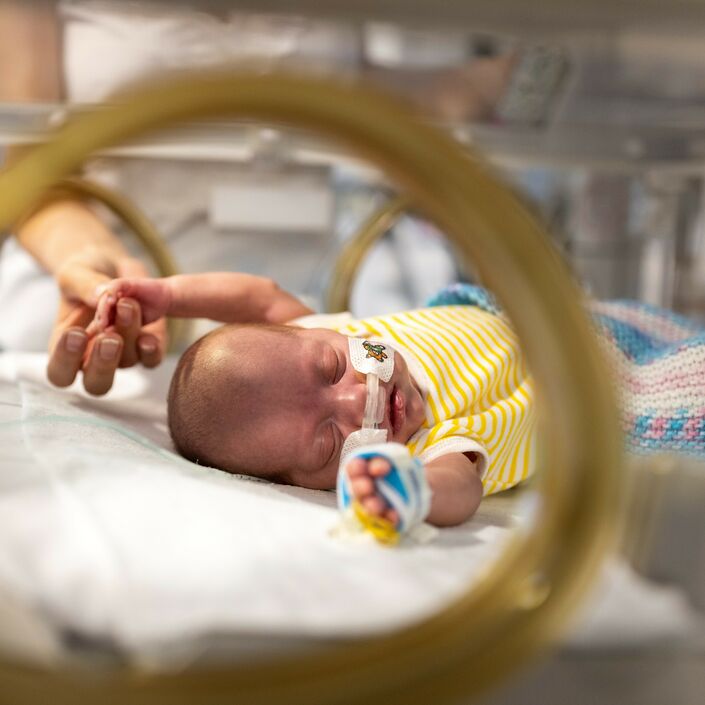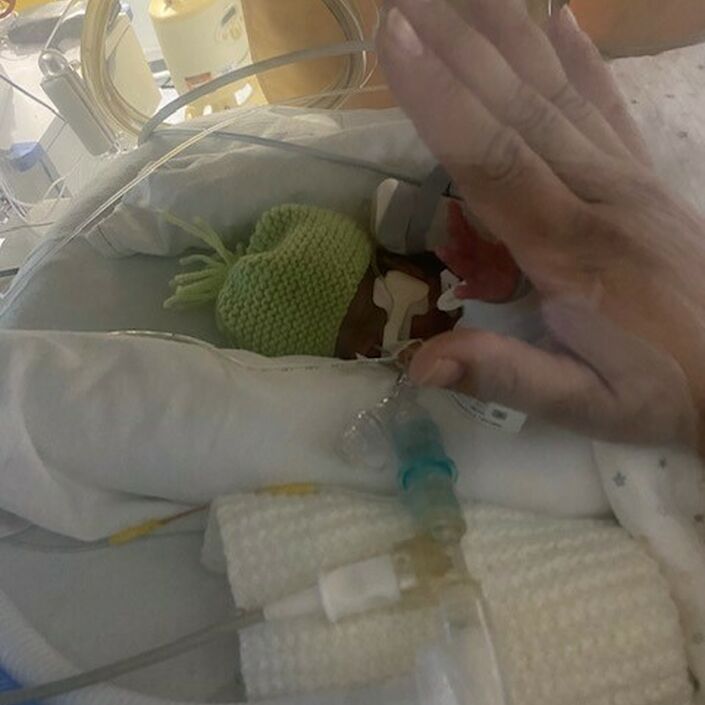The three common assessments used in newborns and covered in the report are Apgar scoring, which all babies receive, and assessments for jaundice (yellowing of the skin) and cyanosis (when a baby does not have enough oxygen in their blood), All three of these assessments currently rely on healthcare professionals looking for skin colour changes.
However, the report shows that using medical devices is more accurate than visual assessments for detecting jaundice and cyanosis in all babies, and particularly babies with Black, Brown or darker skin. The report concludes that most current guidance does not say how a Black, Asian or minority ethnic baby should be assessed differently to a white baby.
This is having a detrimental impact on the care babies receive. In some cases, the evidence suggests that minority ethnic babies are not being assessed effectively and cyanosis and jaundice may not be detected or treated as quickly when compared to white babies.
The language used in guidance was also considered by some people taking part in the study to be offensive, as well as inaccurate. Many of the guidelines and policies used words like ‘’pink’’, ‘’blue’’ or ‘’pale’’ when describing a baby’s skin colour but did not say how these colours might look different in minority ethnic babies.
The research highlights the current lack of training for healthcare professionals – including a lack of appropriate training materials, such as images of how skin colour changes appear on minority ethnic babies – which compounds these issues. Despite medical devices being much more effective at identifying jaundice or cyanosis, the use of these methods to be prioritised above visual inspection is not mandated.
Concerningly, the report also highlights instances of discrimination and racism experienced by parents. This includes discrimination through communication, such as the lack of translation services, as well as through disregard of a parent’s religious or cultural beliefs. Additionally, some parents experienced microaggressions such as their name not being pronounced correctly or were stereotyped as “aggressive” or “difficult”.
The NHS Race Health Observatory has made the following recommendations to improve the care of Black, Asian and minority ethnic babies:
- Medical devices should be used to detect jaundice and cyanosis. They are much better at identifying these conditions than healthcare professionals looking for changes in skin colour. This is true for all babies, but particularly Black, Asian and minority ethnic babies.
- Healthcare professionals and students need better training resources. They need to know what healthy skin looks on babies who are well, and how to see skin-colour changes in minority ethnic babies.
- Healthcare professionals and students need different types of training to help improve their skills in assessing Black, Asian and minority ethnic babies. This should include training placements in areas with high ethnic diversity to help raise awareness, knowledge and confidence, training on how jaundice is more common in some ethnicities and training around anti-racist practice.
- Parents should have information, which includes pictures of minority ethnic babies, to help them spot when their baby is unwell.
Peter Bradley, Director of Services at Bliss and member of the NHS Race & Health Observatory Maternity and Neonatal Health Working Group said:
“This report shines an important light on where inequities exist in the delivery of care for newborn babies. These are stark findings which show an unacceptable level of variation between White babies and minority ethnic babies in the effectiveness of routinely used assessments for serious illnesses, and the experiences of their families.
“Bliss supports all of the recommendations made in the report. We urge the professional bodies with responsibility for developing guidance and training to act quickly to review their content and recommend that steps are taken to ensure that medical devices such as bilirubinometers and pulse-oximeters are used to improve the detection of these serious illnesses, especially for Black, Asian and minority ethnic babies.
“Urgent action is needed to stop Black, Asian and minority ethnic babies being unfairly and avoidably disadvantaged by current practice, and to ensure every baby has the best chance of survival and quality of life.”


